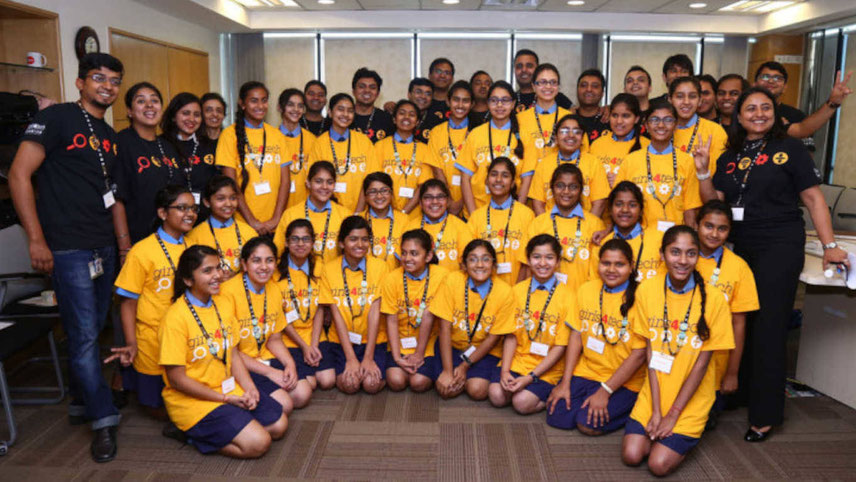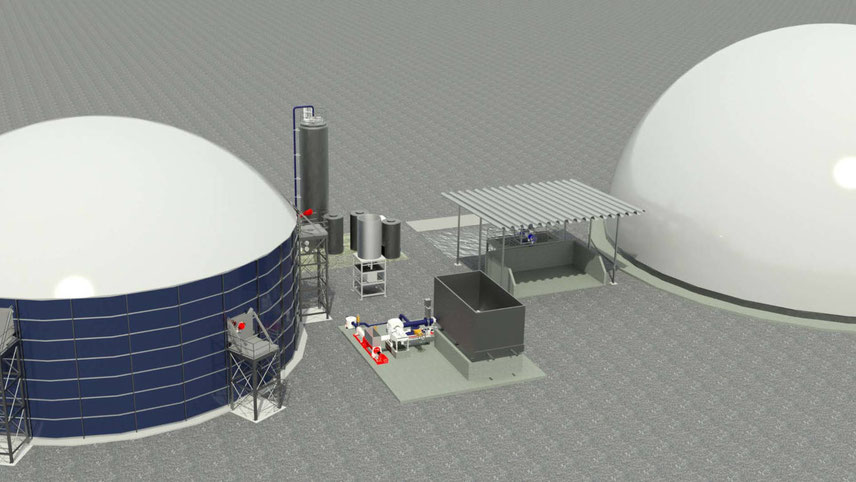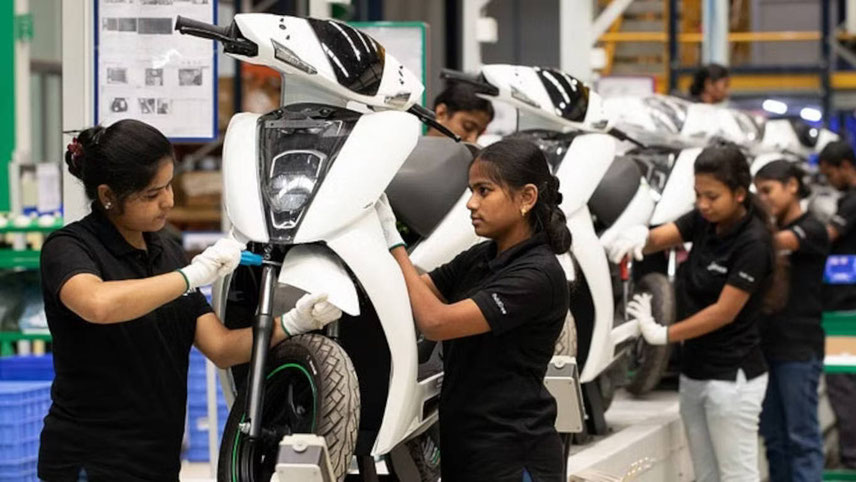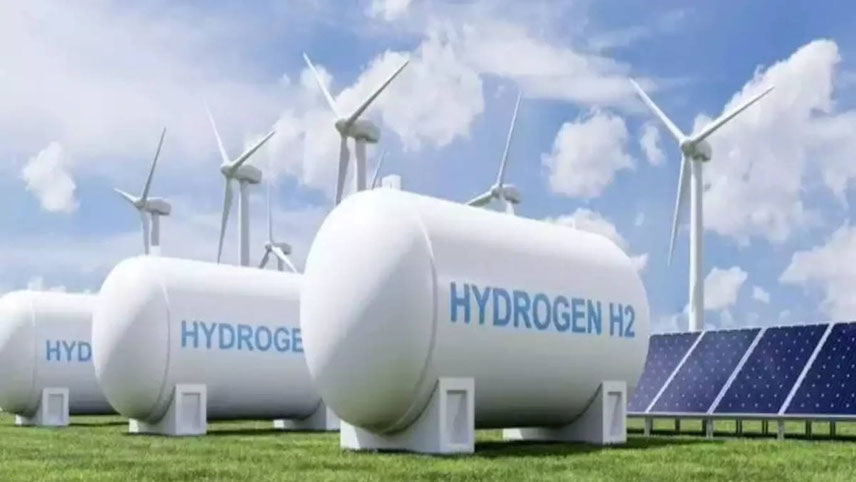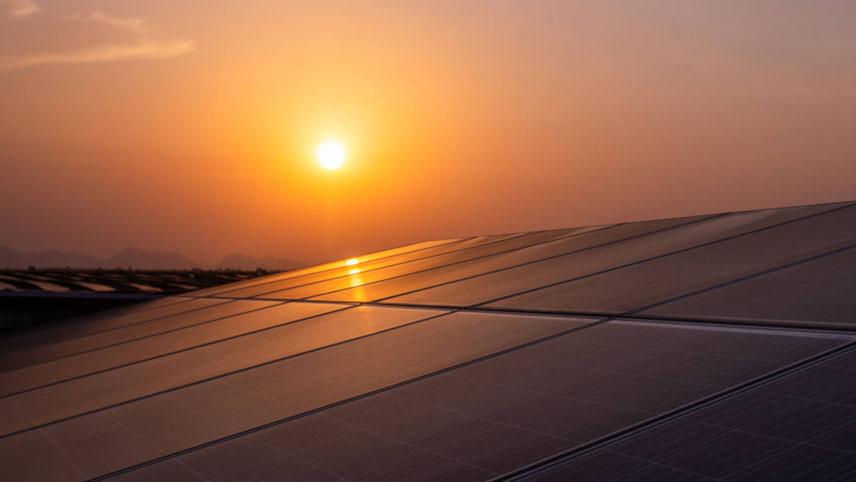
With the world population continuously growing, the primary energy consumption is also increasing manifold. On the other hand, the situation of our planet is rapidly changing with the dangers of climate change staring at us. The world, facing these two major challenges, is on the path of energy transition towards a low-carbon future to meet the growing energy demand as well as reducing GHG emissions. The global energy system is evolving at a more rapid pace than anticipated. Covid-19 crisis is further crystallising focus on what is essential: health, safety, and protection of the environment while providing energy and vital products that society needs to support economic recovery. In my view, all forecasts of global energy demand see significant use of oil and gas at least for the next few decades; the exact pace and path of the energy transition is uncertain, but, the end destination – a low-carbon energy system – is no longer in doubt. In this context, when we talk about energy transition and energy planning for the future, it must be holistic as well as integrated. The issue needs to be viewed from the prism of energy poverty, energy security, and energy affordability, as many countries including India, are struggling to secure fossil fuels for their power generation and unable to obtain sufficient electricity from renewable sources. Since energy security and energy sustainability are closely linked, the sectorial oil and gas companies have begun realigning their portfolios of low-carbon and zero-carbon projects to remain profitable in the net-zero world. Needless to say, an increased focus on clean sources of energy such as solar, wind, and hydrogen into our future energy mix will foster better balance between the economy, ecology, people, and prosperity. India is an emerging superpower aspiring to become a $5-trillion economy by 2025. It is uniquely positioned to significantly contribute to achieving SDG-7, ensuring access to affordable, reliable, sustainable and modern energy. With the world’s second largest population and being the fastest growing energy market in the world, India’s energy demand is likely to double by 2050. Resonating with the principles of SDG-7, India is a shining example among developing economies, marching ahead with many significant transformations. Our Prime Minister is leading from the front in implementing much needed reforms aimed at achieving secure, affordable and sustainable energy that can power robust economic growth. Despite India’s net-GHG emission being quite low, the Government of India has launched several social welfare schemes aimed at providing clean energy; for example Pradhan Mantri Ujjwala Yojana, whereby smoke-free LPG connections are provided at concessional rates to help families switch to cleaner energy sources thereby improving the environment and health of people. Leading further in energy transition as well as energy efficiency, the Gram Ujala Scheme offering the world’s cheapest LED bulbs in rural areas has tremendous potential to uplift India’s villages and contribute to climate change mitigation. In response to the Prime Minister’s clarion call on Atmanirbhar Bharat, the country is developing and promoting the use of alternative and environment-friendly in-house fuels like ethanol, biodiesel, compressed biogas, which have the potential to turn around the energy sector as well as socially and economically uplift farmers by paying them remunerative prices. India’s energy mix has historically been reliant on oil and gas, coal and biomass, which cater to more than 90 per cent of our domestic energy needs. The National Oil Companies (NOCs) play multifaceted and complex roles in our economy and, at times, are not solely driven by revenue maximisation. Let us take the example of ONGC, which has to keep contributing to the economic development with social equity, along with energy supplies. We have been playing the definitive role of the leading energy provider for India for well over six decades. I am confident that we will continue to do so for several decades to come. Since the last six years, ONGC has made concerted actions towards a cleaner future, optimising its resources and energy usage due to which our Emission Intensity (CO2 emissions per barrel of oil produced) has significantly decreased. The gains will only further intensify. We have also reduced our gas flaring substantially. In line with our energy blueprint for 2040, we are sharpening our focus on climate-related aspects of operations, be they clean energy sources like solar, wind or geothermal. We have already started increasing our footprint in the renewables, targeting over 10 GW of installed renewable capacity by 2040.




























